Growing in Lousy Soil: Fierce Flowering Shrubs
Want to know what shrubs will grow in your lousy soil? Learn about the five fiercest shrubs and how you can find success growing shrubs in your yard.
Having good soil is often a make-or-break factor in whether a tree will be able to survive where it is planted. For some trees, good soil means sandy soil that is less nutrient-rich. For other tree varieties, this means dense and moist clay soil that is rich in nutrients.
These preferences leave gardeners with a tough choice when it comes to finding the right trees for their exact soil, soil that, as many gardeners come to find out, is far less than perfect for any tree.
Some trees may be able to make their home in soil that doesn’t fit their ideal conditions by adapting to their environment, though these trees often will not come to full fruition. Other trees won’t last long after being planted, as the conditions just can not provide enough for their needs. Luckily, there are select trees that are able to fully adapt to their unusual environment and grow to their potential.
If you come to find that you are among the many gardeners with unruly soil for tree planting, you have two main options.
First, you can tackle your soil head-on, making the necessary changes and taking care to transform your soil into a desirable place for tree planting.
Second, and a much easier option, is to plant trees that can tough it out in even the worst soil conditions.
If this is the route you are looking to travel, here are five tough trees that can survive your lousy soil:
More tolerant of clay and sun than most other dogwoods, this small tree has white or pink flowers in June, flaking bark, and orangish-red, marble-sized fall fruits.
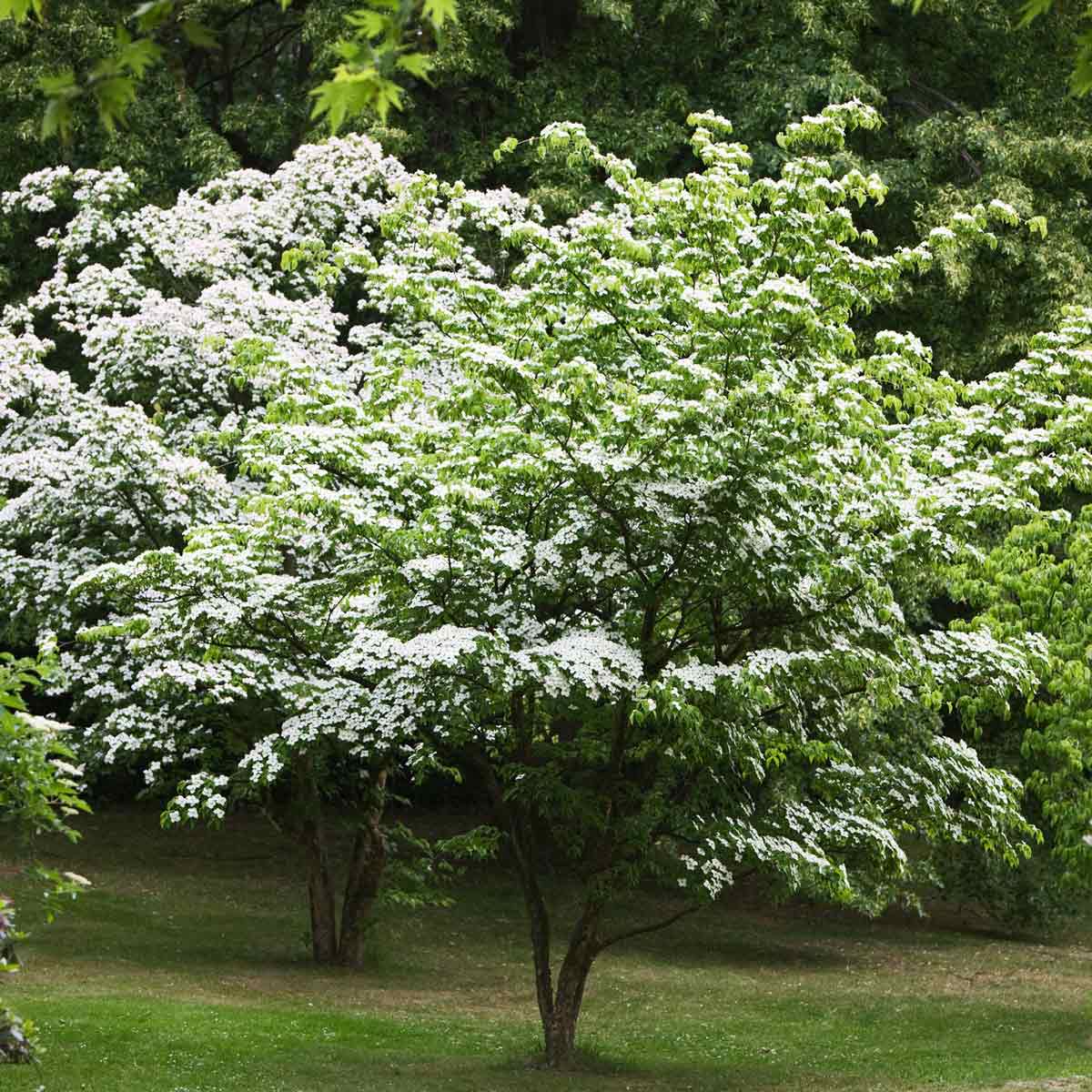
Although not a native of the United States, the Kousa Dogwood has proven a popular tree in the U.S. for its beauty, in addition to its toughness. Firina / iStock / Getty Images Plus
American hornbeams are mid-sized shade trees (25 to 30 feet) with yellow-red fall foliage. There are also European hornbeams which grow slightly bigger and have yellow fall foliage. They grow best in part shade.
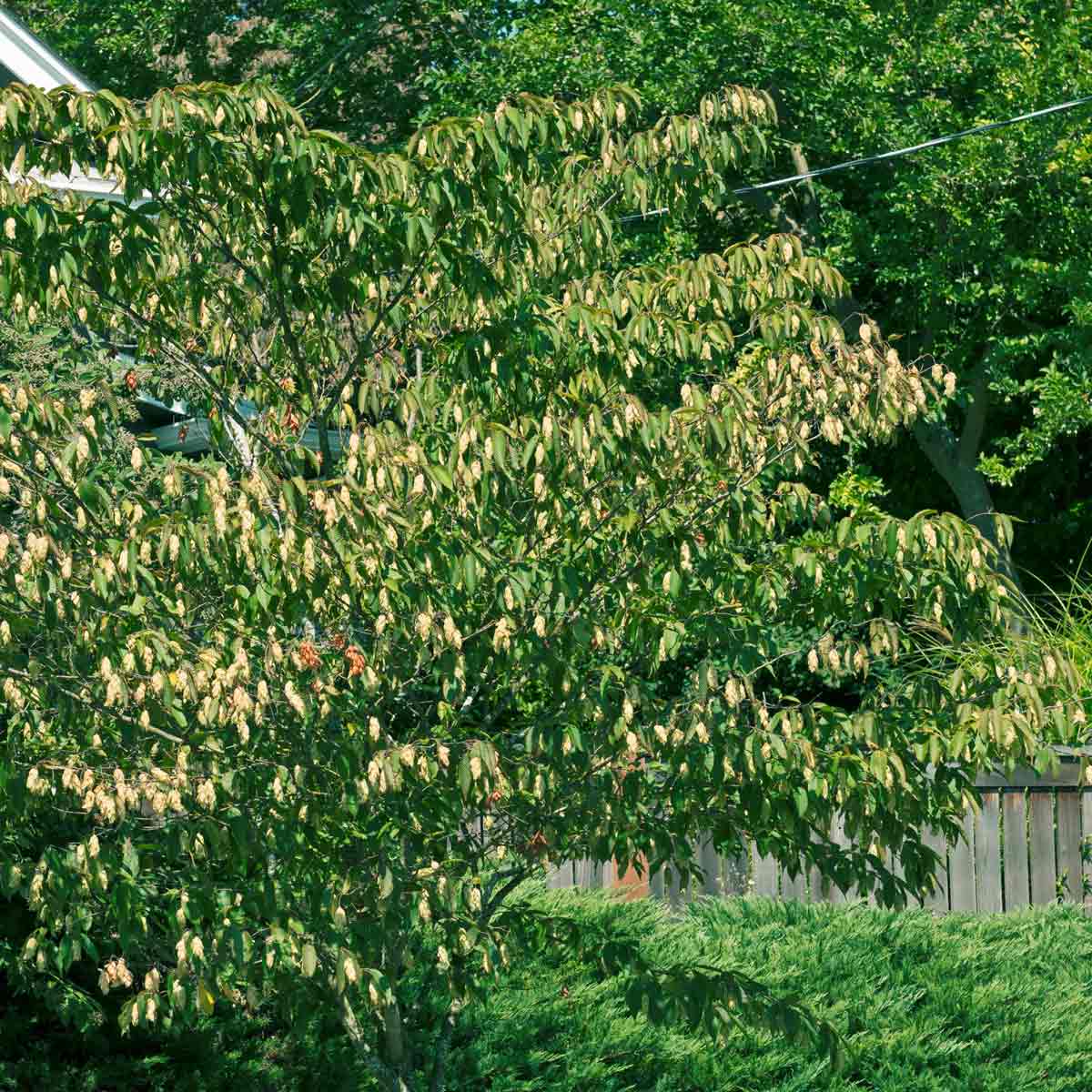
New Hornbeam flowers bloom dark reddish-purple, turn dark green, and then become yellow-red in the fall. Phil Augustavo / iStock / Getty Images Plus
Best known for their fan-shaped leaves, ginkgos grow about 50 feet tall and half as wide with golden fall foliage. Sun or light shade.
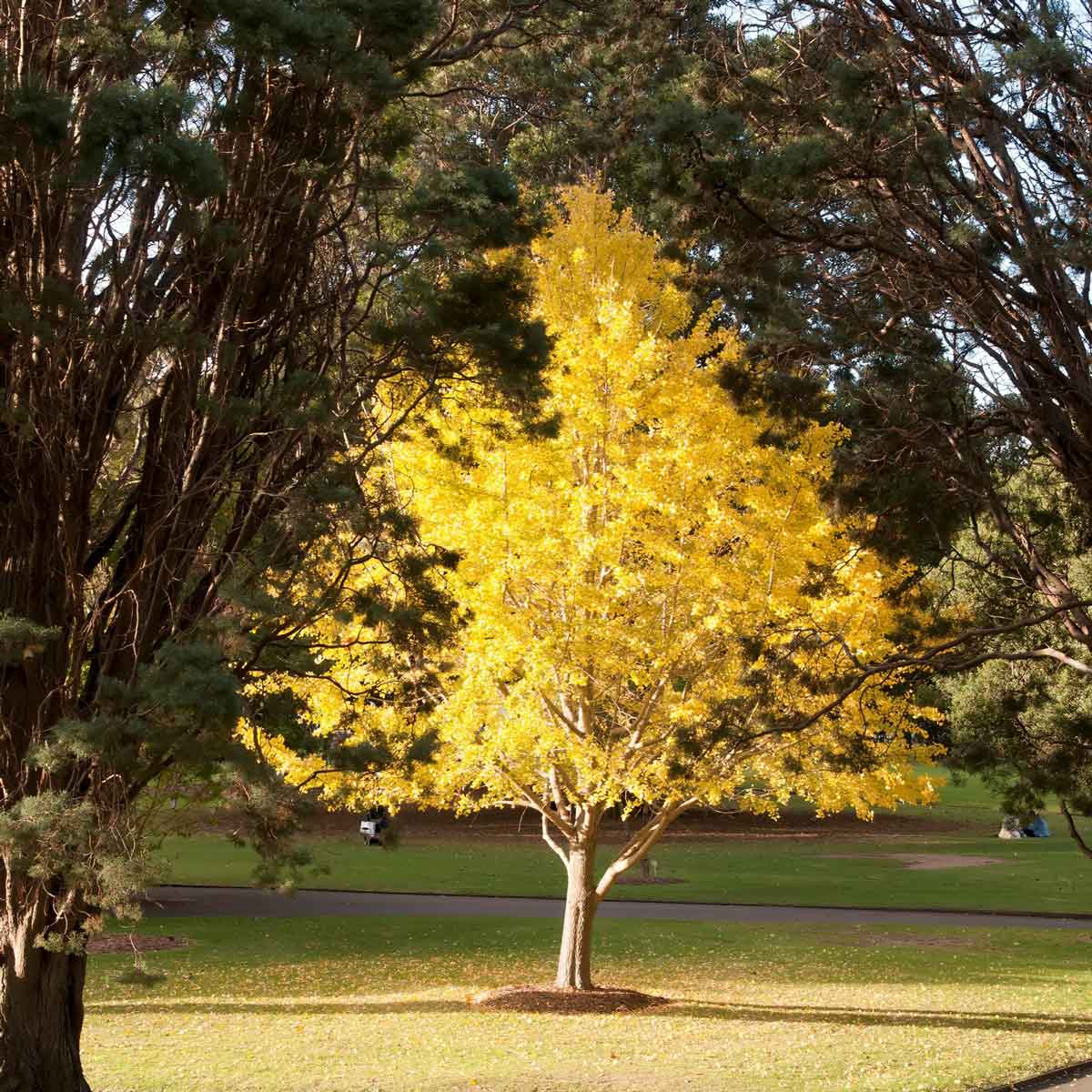
Add history and outstanding visual beauty with the Gingko tree, a tree that has shown fossils dating back as far as 270 million years ago. Raimg / iStock / Getty Images Plus
This native is a fast-grower that tolerates wet or dry soil, has yellow fall foliage, and usually grows to about 40 feet tall with multiple cinnamon-colored, peeling trunks. Sun or light shade.
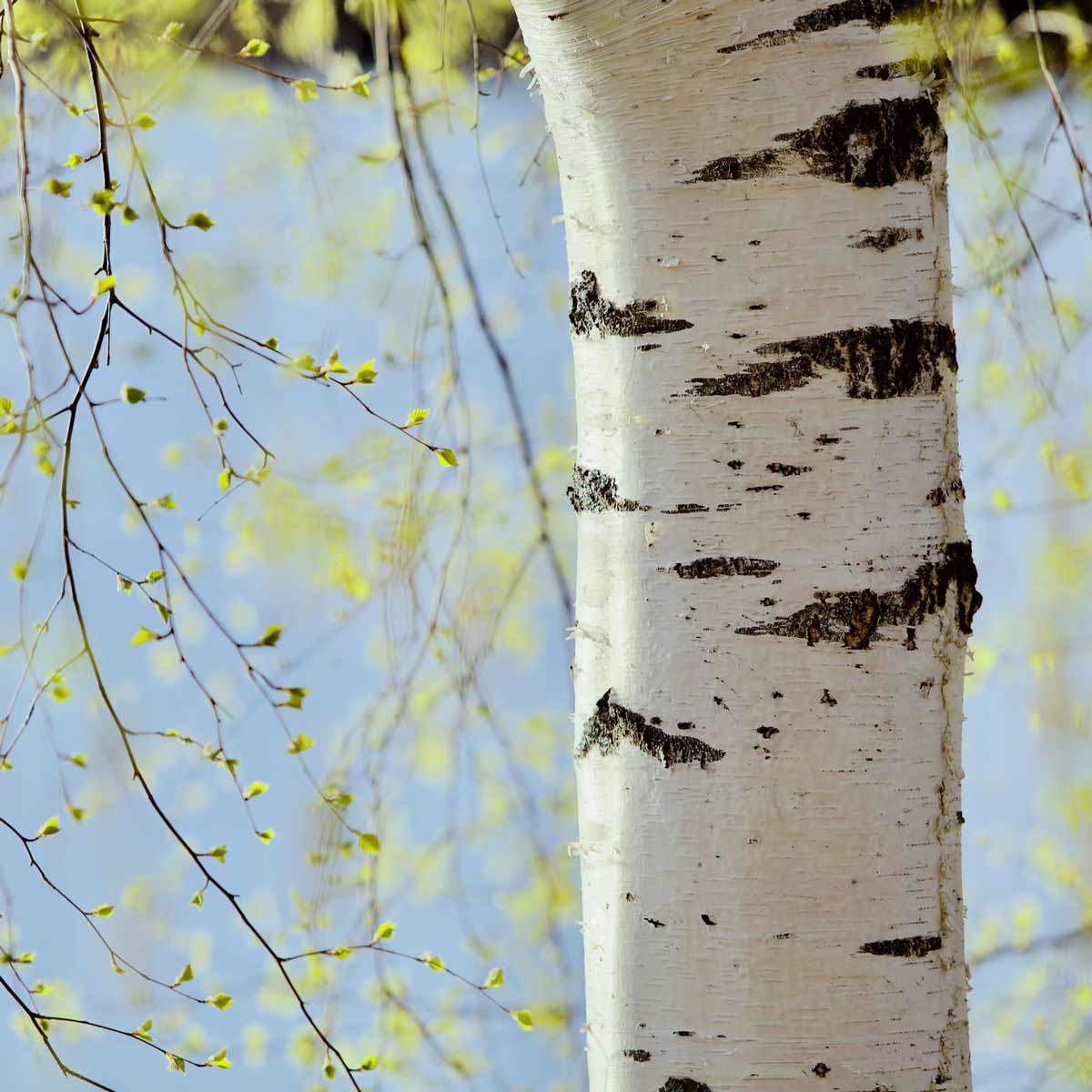
The river birch, often found along riverbanks, is also known as the black birch or water birch. STart / iStock / Getty Images Plus
Also known as Persian ironwood, this small, slow-growing and often multi-trunked tree is highlighted by its peeling bark and brilliant golden fall foliage. Sun or light shade.
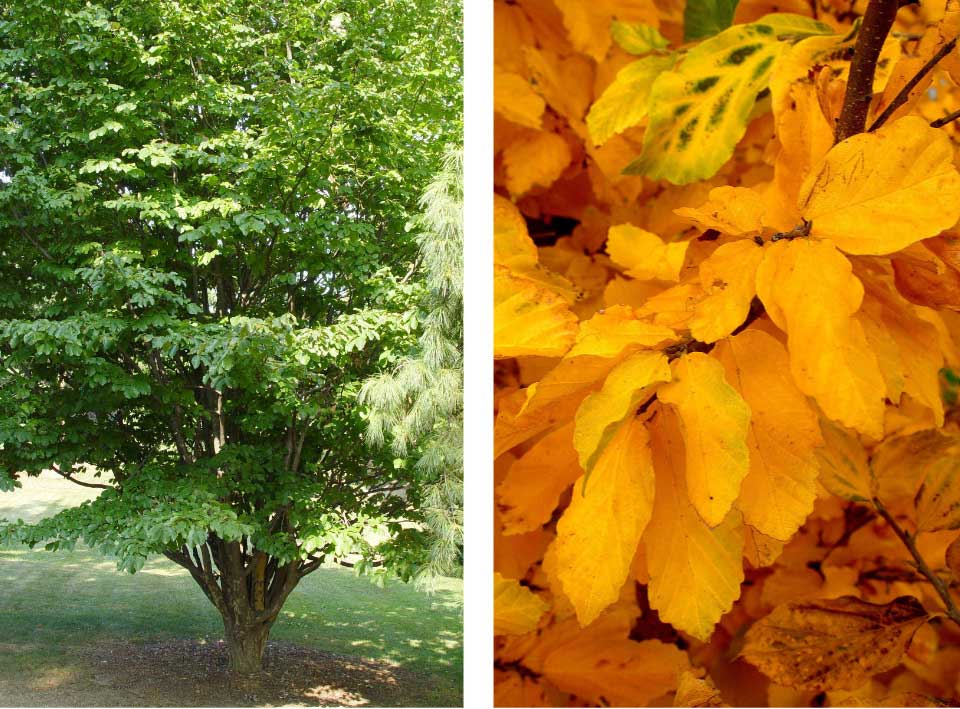
Parrotia is a strong yet small shade tree whose leaves turn neon gold in fall. George Weigel